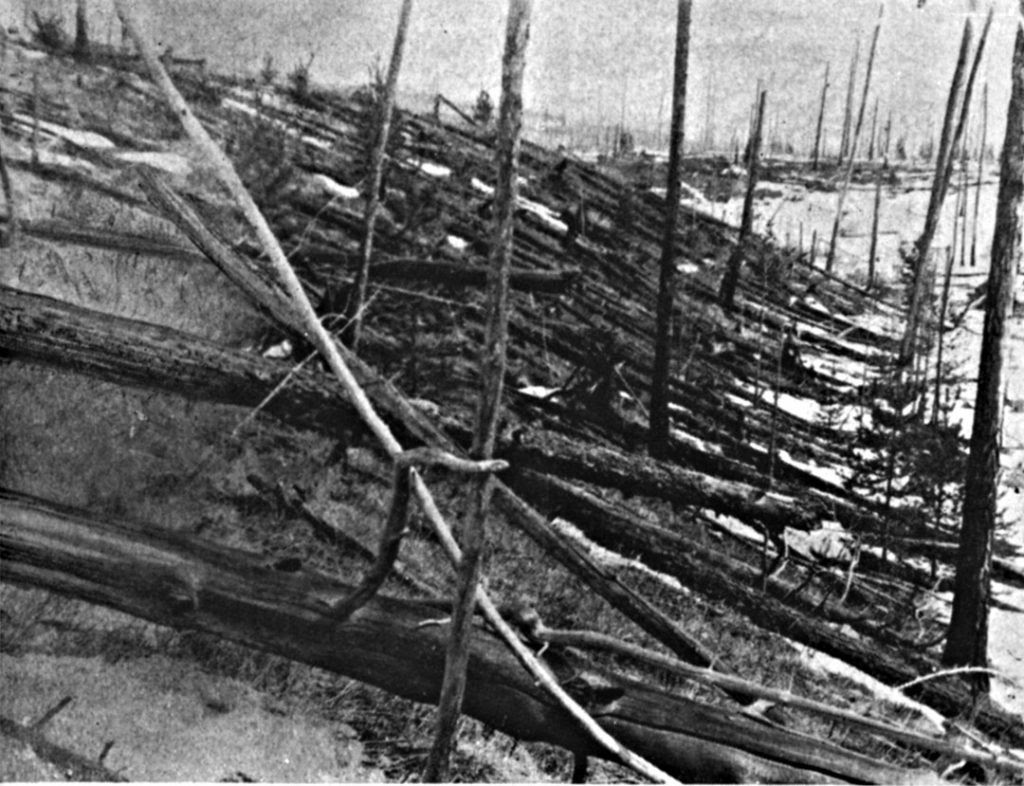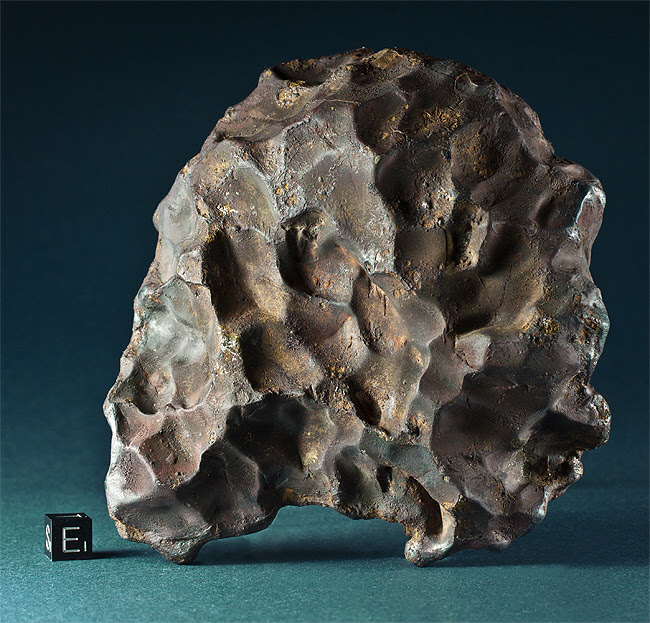Children ice skating in Khakassia, Russia react to the fall of a bright fireball two nights ago on Dec.6
In 1908 it was Tunguska event, a meteorite exploded in mid-air, flattening 770 square miles of forest. 39 years later in 1947, 70 tons of iron meteorites pummeled the Sikhote-Alin Mountains, leaving more than 30 craters. Then a day before Valentine's Day in 2013, hundreds of dashcams recorded the fiery and explosive entry of the Chelyabinsk meteoroid, which created a shock wave strong enough to blow out thousands of glass windows and litter the snowy fields and lakes with countless fusion-crusted space rocks.
Documentary footage from 1947 of the Sikhote-Alin fall and how a team of scientists trekked into the wilderness to find the craters and meteorite fragments
Now on Dec. 6, another fireball blazed across Siberian skies, briefly illuminated the land like a sunny day before breaking apart with a boom over the town of Sayanogorsk. Given its brilliance and the explosions heard, there's a fair chance that meteorites may have landed on the ground. Hopefully, a team will attempt a search soon. As long as it doesn't snow too soon after a fall, black stones and the holes they make in snow are relatively easy to spot.

This photo shows trees felled from a powerful aerial meteorite explosion. It was taken during Leonid Kulik's 1929 expedition to the Tunguska impact event in Siberia in 1908. Credit: Kulik Expedition
OK, maybe Siberia doesn't get ALL the cool fireballs and meteorites, but it's done well in the past century or so. Given the dimensions of the region — it covers 10% of the Earth's surface and 57% of Russia — I suppose it's inevitable that over so vast an area, regular fireball sightings and occasional monster meteorite falls would be the norm. For comparison, the United States covers only 1.9% of the Earth. So there's at least a partial answer. Siberia's just big.

A naturally sculpted iron-nickel meteorite recovered from the Sikhote-Alin meteorite fall in February 1947. The dimpling or "thumb-printing" occurs when softer minerals are melted and sloughed away as the meteorite is heated by the atmosphere while plunging to Earth. Credit: Svend Buhl
Every day about 100 tons of meteoroids, which are fragments of dust and gravel from comets and asteroids, enter the Earth's atmosphere. Much of it gets singed into fine dust, but the tougher stuff — mostly rocky, asteroid material — occasionally makes it to the ground as meteorites. Every day then our planet gains about a blue whale's weight in cosmic debris. We're practically swimming in the stuff!

Meteors are pieces of comet and asteroid debris that strike the atmosphere and burn up in a flash. Here, a brilliant Perseid meteor streaks along the Summer Milky Way this past August. Credit: Jeremy Perez
Most of this mass is in the form of dust but a study done in 1996 and published in the Monthly Notices of the Royal Astronomical Society further broke down that number. In the 10 gram (weight of a paperclip or stick of gum) to 1 kilogram (2.2 lbs) size range, 6,400 to 16,000 lbs. (2900-7300 kilograms) of meteorites strike the Earth each year. Yet because the Earth is so vast and largely uninhabited, appearances to the contrary, only about 10 are witnessed falls later recovered by enterprising hunters.
A couple more videos of the Dec. 6, 2016 fireball over Khakassia and Sayanogorsk, Russia
Meteorites fall in a pattern from smallest first to biggest last to form what astronomers call a strewnfield, an elongated stretch of ground several miles long shaped something like an almond. If you can identify the meteor's ground track, the land over which it streaked, that's where to start your search for potential meteorites.
Meteorites indeed fall everywhere and have for as long as Earth's been rolling around the sun. So why couldn't just one fall in my neighborhood or on the way to work? Maybe if I moved to Siberia ...
|
Friday, December 9, 2016
Why Does Siberia Get All the Cool Meteors?
Subscribe to:
Post Comments (Atom)
ENERGY NEWS
Oil prices rally on geopolitical tensions April 10 (UPI) -- Geopolitical factors spilled over into the broader economic mood early ...
-
19-Feb-2017 Rigor and Reproducibility Policy One Year Later:How Has the Biomedical Community Responded? Leonard P. Freedman, PhD, pre...
-
© AFP 2017 / Valery Hache MOSCOW, Dec 21 - RIA Novosti . People are most interested in sex on New Year, Christmas and...
-
Dogs are manipulated for the benefit of people, scientists have found 14:43 03/12/2017 0 33026 China said the progress in the...
-
13-Feb-2017 Researchers Identify “Achilles’ Heel” of Key Anti-Cancer Protein Researchers at Cold Spring Harbor Laboratory in New York...
-
China leads potential for tech breakthroughs: KPMG 2017-03-12 16:56:39 Long March-7 Y2 ready for launch of Ch...

No comments:
Post a Comment